For those of you that have attended our Foundation and Advanced Botox and Dermal Fillers courses, you will be aware that dermal fillers are used to introduce volume back into areas of the face that have lost volume during the ageing process. When it comes to dermal filler training, there’s a lot to cover, do you know your Juvederm Ultra 2 from your Ultra 4? And what about knowing your marionette lines from your tear troughs?
Where can dermal fillers be used?
Dermal fillers have a wide multitude of uses from the obvious to the not so obvious. If you have a patient that is interested in having dermal filler, we advise that you get them to attend an initial skin consultation with you before having the treatment. This will allow you to find out more about the patient’s medical history, and the look that they are hoping to achieve.
Tear troughs 
These are the lines under your eyes that make your eyes look tired. A loss of volume in the area, a loss of tissue elasticity or a mild reduction in bone density could all be causes of concern. By using an advanced technique, dermal fillers can be placed in either the tear trough itself, slightly lower in the cheek area, or indeed a combination of both to achieve brighter, more rejuvenated eyes.
Naso-labial folds
Commonly known as the smile or laughter lines, these are the two skin folds that run from each side of the nose to the corners of the mouth. If you are bothered by your nasolabial folds, and wonder what to do to improve the area then filler is perfect to fill out these folds, and partnered with cheek filler the face will appear much younger looking.
Mouth corners
Sometimes the corners of your mouth can droop leaving you looking unhappy. Dermal filler can be placed below the corners of the mouth with a small amount directly into the corners of the lips.
Marionette lines
Marionette lines run between the corners of the lips down towards the chin and jaw giving a puppet-like effect. As we age, our facial bones become smaller resulting in lines like these appearing. Dermal filler is great for filling in these lines making them less prominent.
Cheeks
As you age you lose an amount of subcutaneous fat which can result in a loss of volume and elasticity to the face. This in turn highlights hollow cheek bones, and the presence of excess skin resulting in sunken cheeks. This can cause someone to appear gaunt and tired-looking. Dermal fillers can be injected into this area to plump out the face with natural volume and a gentle lift. This is an advanced technique and is offered at one of our specialist training days.
Lips & vermillion border
A celebrity favourite and probably the most well-known use of filler. The lips can be injected with dermal filler either in the body of the lip to boost fullness or the border of the lips to increase definition. This treatment is ideal for correcting thin lips but can also help solve problems with a downward smile and the need to lengthen the mouth.
Chin augmentation
A perfect alternative to a surgical chin implant, is a non-surgical chin augmentation which is achieved with dermal fillers. Fillers will help define your jaw line and although only a temporary solution it is a great way to see what can be achieved surgically if you are unsure.
Smoker’s lines
These are the vertical lines above the lip that appear when you pout. They are mostly caused by regular lip movements but are also called smokers lines, because regular smoking means pressing the lips together. If your lines are deep enough then they can be drastically reduced with a small amount of injectable filler to achieve a smoother appearance.
Nose
Have you heard of the lunchtime nose job? Dermal fillers can now be used to straighten out any lumps or bumps in your nose without the need for any surgical downtime. Fillers are injected into the nose to smooth out slight bumps in the bridge of the nose, or rectify a crooked line of the nose (particularly in profile view) and even cartilage irregularities at the tip of the nose all in less than 15 minutes! This is another advanced course available for those that have been practicing in dermal filler for a while.
Hands
Hands are a new use for fillers, patients have found that the use of the fillers in their face is great for concealing their real age, but then it is often their hands that give it away. Ageing hands lose volume and the skin appears thinner. Having filler injected into the skin on the back of the hands can make them appear plumper and less veiny.
So now you know your areas, let’s look at the product that we use on our training days at Cosmetic Courses:
Juvaderm® Vycross Range
The Juvaderm® Vycross range is a smoother gel which means you get a comfortable treatment. The risk of bruising and swelling is reduced as is any discomfort as anesthetic is added into the formulation of the filler. The Vycross range provides subtle and natural outcomes due to the smoothness of the gel making it easier to inject with precision.
The Vycross range has 3 different forumulas;
Juvederm® Voluma
Juvederm® Voluma is a much thicker hyaluronic acid gel which has been made by altering the cross-linking technique used in Ultra to create a more viscous result. Voluma can be used for recontouring and restoring the face in the case of age-related volume loss. Designed for deep volume restoration to re-contour the face in areas such as the cheek bone and chin regions.
The effects of Juvéderm® Voluma® last for approximately up to 18 months.
Juvederm® Volbella
Launched in Paris Juvederm® Volbella® is specifically designed to enhance lip volume and define lip contours, with a completely natural look and feel. The filler has a smooth, liquid consistency for a smoother look and the addition of lidocaine anaesthetic makes the treatment even more comfortable in an otherwise uncomfortable area.
The effects of Juvederm® Volbella® last for approximately up to 12 months
Juvederm® Volift®
This revolutionary dermal filler is produced using VYCROSS™ technology. This creates an ultra-smooth gel for natural appearance with minimal swelling and bruising. It is best used for smoothing nasolabial folds and facial contours.
The effects of Juvederm® last for approximately up to 15 months.
Juvederm® Hydrate 
The Juvederm Hydrate is used to improve skin hydration and restore elasticity which is lost through ageing. It works by replacing hyaluronic acid but unlike traditional filler it acts as a hydrating agent attracting and keeping moisture within the skin to achieve that healthy natural glow. Juvéderm® Hydrate is most commonly used for very fine lines and wrinkles associated with ageing. It has also been recommended as an early treatment for crow’s feet and fine lines around the mouth.
The effects of Juvéderm® Hydrate last for approximately four to 6 months
Juvederm® Ultra is our most common dermal filler. The filler contains non-animal hyaluronic acid with the addition of 0.3% lidocaine which is a local anaesthetic to make you feel comfortable both during and after the treatment.
There are actually four different formulations for Juvéderm® ULTRA available;
Juvederm® Ultra 2 is a highly cross-linked formulation which is used for the subtle correction of medium facial lines, in particular those around the corners of the eyes and those very close to the surface of the skin. It can also be used to around the lips to enhance natural lip contour.
Juvederm® Ultra 3 
Ultra 3 is another highly cross-linked formulation but is instead used for more versatility in contouring and volumising anything from moderate to medium facial lines and skin depressions, in areas such as the nasolabial folds. It can be used subtly in lips to enhance lip contour, increase volume and maintain a youthful smile.
Juvederm® Ultra 4 [image]
Ultra 4 is a highly cross-linked robust formulation used for volumising and correction of medium to deep folds and wrinkles, including adding volume in the cheeks and chin improving contour to the face.
Juvederm® Ultra Smile
The newest arrival to the Juvéderm® ULTRA family the Juvéderm® Ultra Smile is based on the Ultra 3 product but it is specifically targeted for use in the lips. It works by providing fuller but softer and natural looking lips and smooths fine lines to fully enhance the mouth area for a fresh new look.
The effects of Juvéderm® Ultra Smile lasts approximately up to 18 months
If you would like to find out more about our Advanced Dermal Filler Training Course and the product range that we use, you can call the team on 01844 390110 or email [email protected].



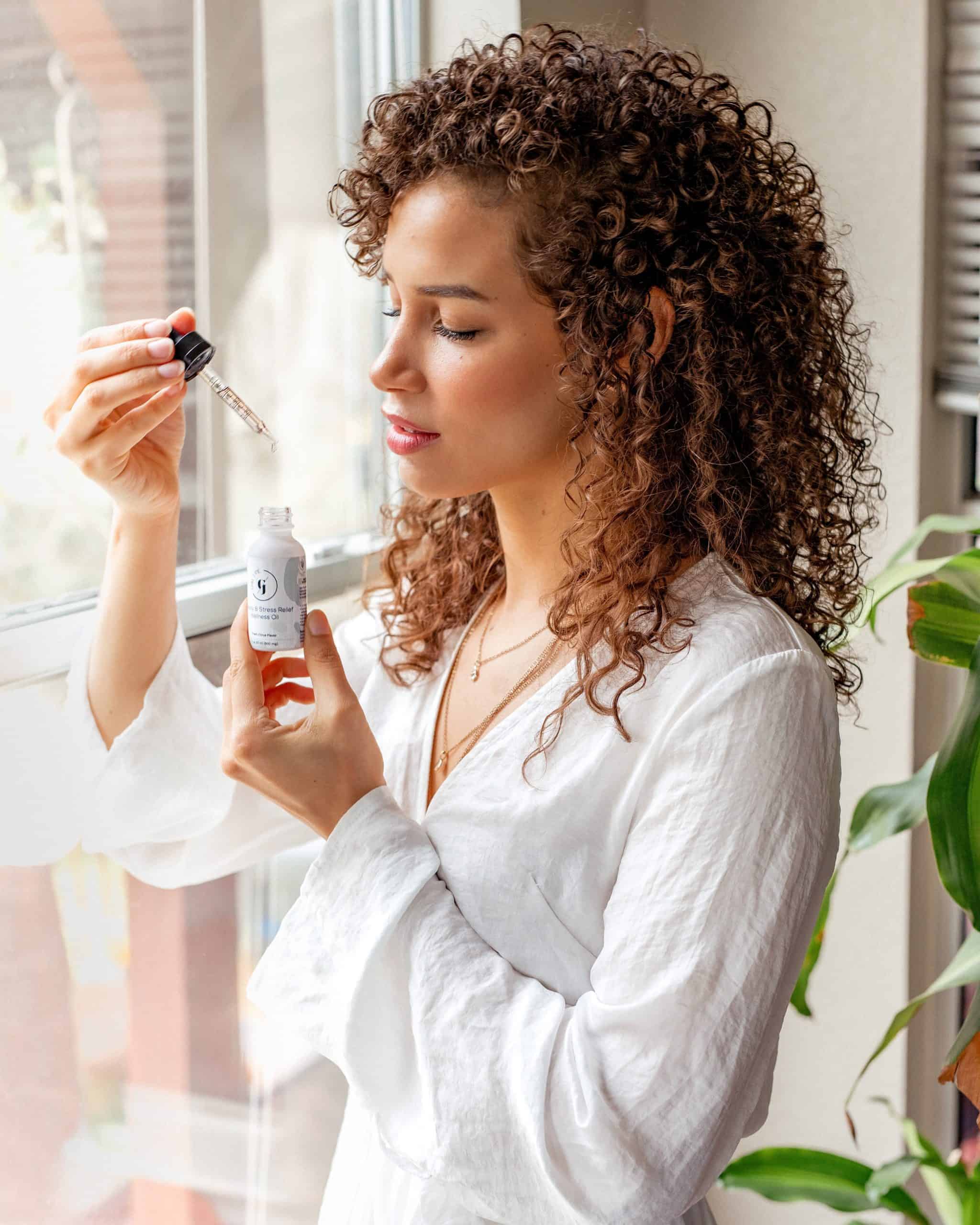 my skin will be so much brighter, smoother and healthier without applying make up every day but why has this not happened? Instead for many of us our skin has become more oily and prone to breakouts even though we are putting less on it. With more time on our hands we appear to be more conscious than ever about the appearance of our skin and how to improve it. Here are a few tips that we think could help solve some of these unanswered questions.
my skin will be so much brighter, smoother and healthier without applying make up every day but why has this not happened? Instead for many of us our skin has become more oily and prone to breakouts even though we are putting less on it. With more time on our hands we appear to be more conscious than ever about the appearance of our skin and how to improve it. Here are a few tips that we think could help solve some of these unanswered questions.
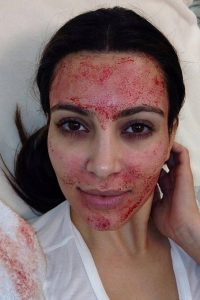


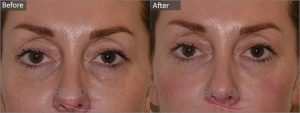
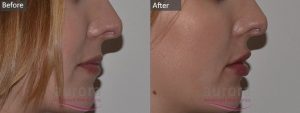



 treating with in their clinic, showing that it is not just woman that are interested in anti-ageing treatments. This could be due to more male celebrities admitting to having treatments, such as Peter Andre and Shane Warne having a little ‘Brotox’ here and there.
treating with in their clinic, showing that it is not just woman that are interested in anti-ageing treatments. This could be due to more male celebrities admitting to having treatments, such as Peter Andre and Shane Warne having a little ‘Brotox’ here and there. This is one of the most important areas for rejuvenation, but there are noticeable differences between the sexes. Anthropologists use the forehead as an indicator to determine the sex of the skull. It has been observed that a female skull has more of a flat supraorbital ridge, with a smooth convexity up to the hairline, whereas the male skull has a more pronounced supraorbital ridge with some concavity before the forehead becomes flatter towards the hairline. This skeletal structure is what influences the soft tissues and the overall position of the eyebrows.
This is one of the most important areas for rejuvenation, but there are noticeable differences between the sexes. Anthropologists use the forehead as an indicator to determine the sex of the skull. It has been observed that a female skull has more of a flat supraorbital ridge, with a smooth convexity up to the hairline, whereas the male skull has a more pronounced supraorbital ridge with some concavity before the forehead becomes flatter towards the hairline. This skeletal structure is what influences the soft tissues and the overall position of the eyebrows. This is an area that is extensively covered in female rejuvenation, but it does come with limited descriptions when it comes to males. Females have a rounder and fuller cheek due to having a thicker fat compartment in the medial area compared to the lateral area. In regards to female ageing, a fuller cheek gives a more youthful look, referring back to the triangle of youth – everything is more pert and smoother. Male cheeks tend to be flatter and more angular due to a thinner layer of subcutaneous fat. The technique used to treat this area have slight differences, and the volume of product used needs to vary. To keep the ‘flatter’ cheek look for male patients, product should only be used to replace the volume loss. Females can have slightly more product used, and this can be replaced more often to maintain the fuller cheek look.
This is an area that is extensively covered in female rejuvenation, but it does come with limited descriptions when it comes to males. Females have a rounder and fuller cheek due to having a thicker fat compartment in the medial area compared to the lateral area. In regards to female ageing, a fuller cheek gives a more youthful look, referring back to the triangle of youth – everything is more pert and smoother. Male cheeks tend to be flatter and more angular due to a thinner layer of subcutaneous fat. The technique used to treat this area have slight differences, and the volume of product used needs to vary. To keep the ‘flatter’ cheek look for male patients, product should only be used to replace the volume loss. Females can have slightly more product used, and this can be replaced more often to maintain the fuller cheek look.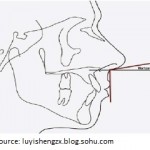 There are more subtle differences between the sexes in this area. There are 2 angles that are used to determine the ideal nose shape: Naso-labial Angle and Naso-frontal angle.
There are more subtle differences between the sexes in this area. There are 2 angles that are used to determine the ideal nose shape: Naso-labial Angle and Naso-frontal angle.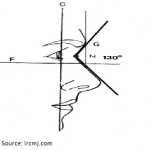 Naso Frontal is the angle at the radix, the lowest point of the nasal bridge formed by a line running from the radix to the glabella and from the radix along the dorsum of the nose. This position of the radix is important between males and females. Females are normally in line with the lash line whereas males are at the level of the tarsal fold.
Naso Frontal is the angle at the radix, the lowest point of the nasal bridge formed by a line running from the radix to the glabella and from the radix along the dorsum of the nose. This position of the radix is important between males and females. Females are normally in line with the lash line whereas males are at the level of the tarsal fold.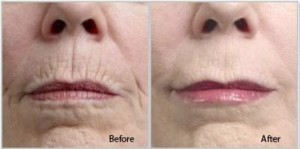 When treating both the female and male face for any aesthetic treatment, it is important to book them in for a full consultation, to undertake a facial analysis. Within this consultation, grade the upper, mid and lower face in terms of structure, proportion and symmetry. Within our training, we advise that you take photos of all your patients and keep these as a record to show before and after treatment– it also helps to show the patient how far they have come on their treatments with you.
When treating both the female and male face for any aesthetic treatment, it is important to book them in for a full consultation, to undertake a facial analysis. Within this consultation, grade the upper, mid and lower face in terms of structure, proportion and symmetry. Within our training, we advise that you take photos of all your patients and keep these as a record to show before and after treatment– it also helps to show the patient how far they have come on their treatments with you.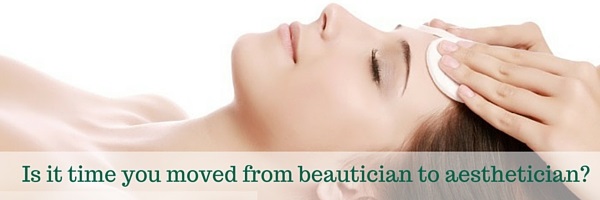
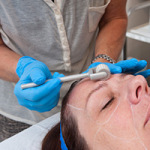
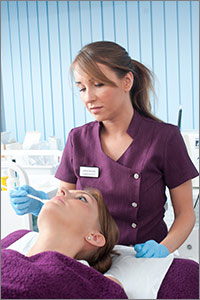 As a beauty therapist, you’ve worked hard to gain your qualifications and build up your client base, and are proud of what you’ve achieved so far.
As a beauty therapist, you’ve worked hard to gain your qualifications and build up your client base, and are proud of what you’ve achieved so far.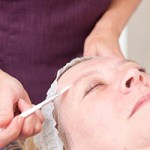 Chemical Skin Peels are a popular treatment for anti-ageing, treating specific skin complaints, and improving the general condition of the skin.
Chemical Skin Peels are a popular treatment for anti-ageing, treating specific skin complaints, and improving the general condition of the skin.







